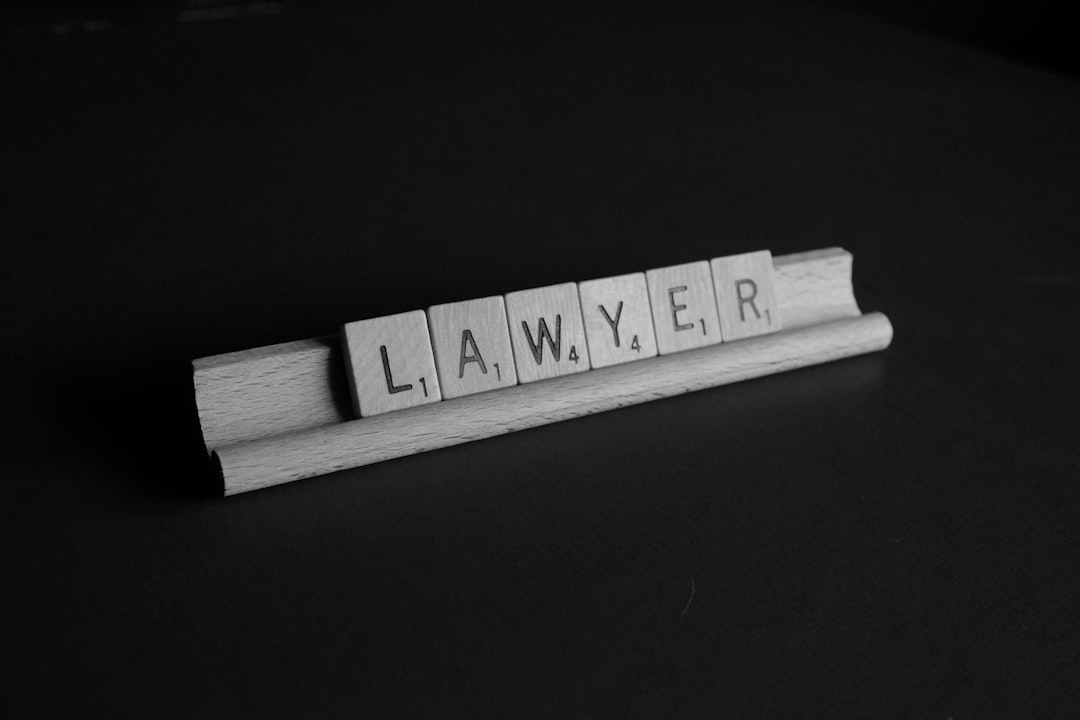Evaluating and investing in high-quality law office equipment is essential for creating a healthy, productive environment. This includes adjustable desks, ergonomic chairs, lighting solutions, and specialized accessories to minimize physical strain, prevent injuries, enhance comfort, and boost productivity among legal professionals. Proper equipment significantly reduces risks of musculoskeletal disorders and eye strain, fostering a culture of wellness and efficiency in law offices.
In today’s digital age, a well-equipped law office isn’t just about top-of-the-line technology—it’s also about prioritizing ergonomic design. Optimized law office gear plays a crucial role in enhancing productivity, reducing strain, and promoting the health of legal professionals. This comprehensive guide explores essential aspects of law office equipment, from evaluating ergonomics to choosing comfortable workstations, essential tools for efficient workflows, adjusting lighting for eye health, and accessorizing for improved posture.
- Evaluating Law Office Equipment for Ergonomics
- Choosing Comfortable Workstations and Chairs
- Essential Tools for Efficient Legal Workflows
- Adjusting Lighting for Eye Health and Productivity
- Accessorizing for Posture and Reduced Strain
Evaluating Law Office Equipment for Ergonomics
Evaluating the ergonomics of law office equipment is a crucial step in promoting a healthy and productive work environment for legal professionals. Beyond ensuring the gear meets basic functional requirements, assessing its ergonomic design involves scrutinizing factors like adjustability, comfort, and support for prolonged use. Law office equipment, from desks to chairs and technology devices, should be selected with an eye towards minimizing physical strain and preventing injuries associated with sedentary work.
Ergonomic features such as height-adjustable desks, swivel or ergonomic chairs, and standing desk converters can significantly reduce the risk of musculoskeletal disorders. Additionally, investing in tools like adjustable lighting, computer monitors at eye level, and keyboard/mouse supports further enhances comfort and reduces eye strain. By prioritizing these considerations, law offices can foster a culture of wellness that benefits both employees’ health and overall work performance.
Choosing Comfortable Workstations and Chairs
When setting up a law office, one of the most critical investments is in comfortable and ergonomic workstations and chairs. Law office equipment should prioritize user well-being to prevent long-term health issues like back pain and carpal tunnel syndrome. Look for adjustable desks that allow for standing or sitting, catering to different work preferences and reducing static postures.
Chairs designed specifically for legal professionals offer contoured backrests, lumbar support, and adjustable height settings. The best chairs also include customizable armrests and 360-degree rotation for easy access to documents and technology. Investing in high-quality workstations and chairs not only enhances employee comfort but also increases productivity and overall job satisfaction within the law office.
Essential Tools for Efficient Legal Workflows
In any law office, efficient workflows are paramount, and the right law office equipment plays a crucial role in achieving this. Essential tools designed with ergonomics in mind can significantly enhance productivity, reduce strain, and create an environment conducive to focused work. One such tool is an adjustable standing desk, which allows attorneys to alternate between sitting and standing throughout the day, promoting better blood circulation and reducing back pain.
Moreover, ergonomic keyboards and mice are indispensable for legal professionals who spend long hours typing and navigating digital documents. These specialized devices offer customizable settings, wrist supports, and vertical keyboard layouts that minimize repetitive strain injuries (RSIs). Additionally, high-quality computer monitors with adjustable stands ensure optimal viewing angles, reducing eye fatigue during extensive research or document review sessions.
Adjusting Lighting for Eye Health and Productivity
In any law office, maintaining optimal eye health and productivity goes hand in hand with using the right law office equipment. Adjusting lighting conditions is a simple yet effective step to achieve this. Natural light is ideal as it provides consistent illumination and reduces strain on the eyes. However, when natural light is insufficient, artificial lighting should be used. Opt for adjustable lamps or overhead lighting that can be dimmed to suit individual preferences and task demands. This flexibility allows lawyers and staff to reduce eye fatigue by adjusting brightness according to their comfort levels, ensuring they can work efficiently without sacrificing their vision health.
Additionally, utilizing task-specific lighting, such as a lamp aimed at reading materials, can further alleviate eye strain. Remember, proper law office gear isn’t just about aesthetics; it directly impacts the well-being and productivity of those who rely on it daily. By taking the time to adjust lighting conditions, law offices can create a more comfortable and ergonomically sound workspace.
Accessorizing for Posture and Reduced Strain
Maintaining proper posture while working in a law office is essential for reducing strain on your body, especially during long hours spent sitting and reviewing documents. Accessorizing with the right equipment can significantly enhance your comfort and productivity. Ergo chairs designed to support the natural curve of your spine are a must-have, offering adjustable settings to customize your seating experience.
Additionally, investing in ergonomic accessories like wrist supports and keyboard rests can go a long way in preventing repetitive strain injuries. These simple additions ensure your wrists remain aligned with your arms during typing, reducing the risk of carpal tunnel syndrome. Customizing your workspace with these law office equipment solutions not only promotes better posture but also fosters a healthier, more efficient work environment.
In conclusion, investing in ergonomic law office gear is not just about enhancing comfort; it’s a strategic move to boost productivity, prevent strain, and promote well-being in legal professionals. By evaluating equipment ergonomics, choosing suitable workstations and chairs, adopting efficient tools, adjusting lighting, and accessorizing for posture, law offices can create an environment that supports their staff’s health and performance. Upgrading to ergonomic gear is a game-changer that can revolutionise the way legal teams work, ensuring they stay focused, comfortable, and productive throughout their day.
